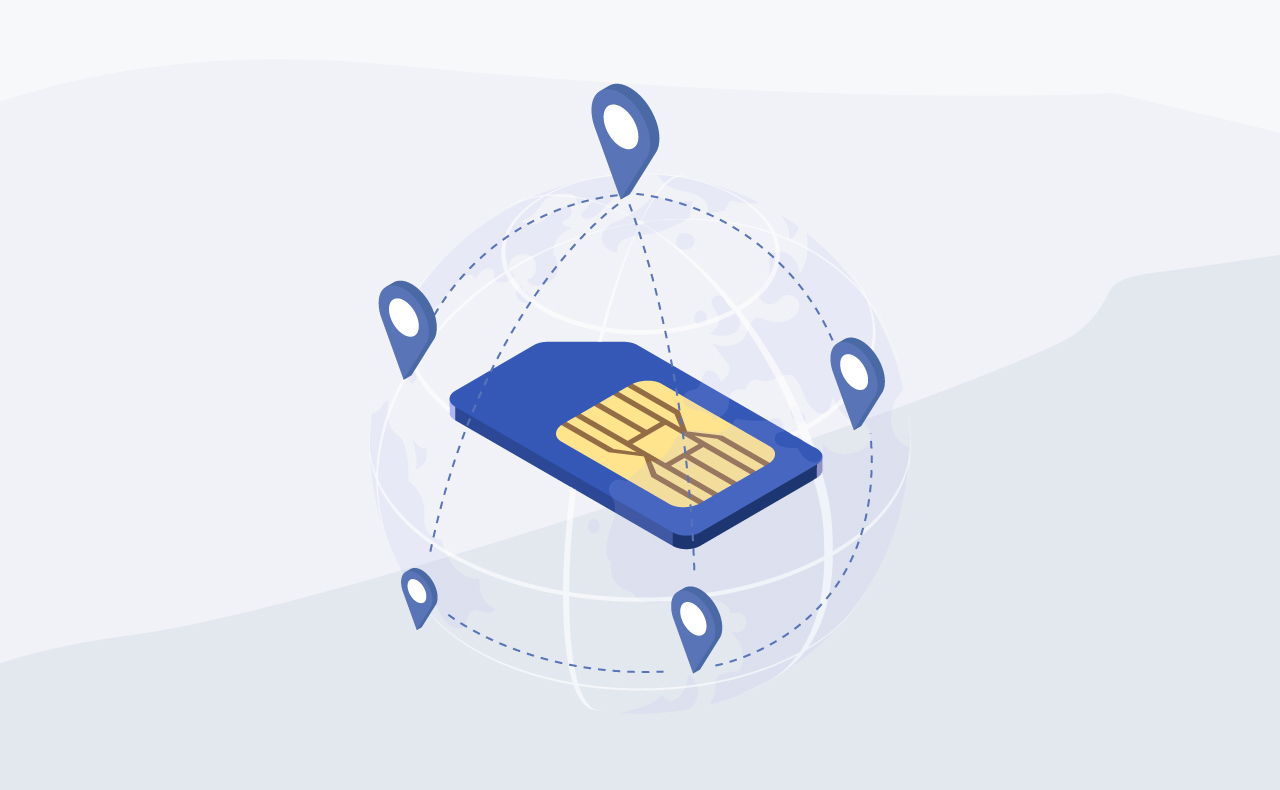
- December 2025 (2)
- November 2025 (2)
- October 2025 (3)
- September 2025 (3)
- August 2025 (3)
- July 2025 (2)
- June 2025 (3)
- May 2025 (3)
- April 2025 (3)
- March 2025 (2)
- February 2025 (1)
- December 2024 (2)
- November 2024 (1)
- August 2024 (2)
- June 2024 (3)
- May 2024 (3)
- April 2024 (1)
- March 2024 (3)
- February 2024 (2)
- January 2024 (2)
- December 2023 (1)
- November 2023 (2)
- October 2023 (2)
- September 2023 (1)
- August 2023 (1)
- July 2023 (2)
- June 2023 (3)
- May 2023 (2)
- March 2023 (4)
- January 2023 (2)
- November 2022 (2)
- September 2022 (1)
- August 2022 (2)
- July 2022 (2)
- June 2022 (1)
- May 2022 (1)
- April 2022 (3)
- March 2022 (1)
- February 2022 (3)
- January 2022 (2)
- December 2021 (1)
- November 2021 (1)
- October 2021 (2)
- September 2021 (3)
- August 2021 (1)
- July 2021 (3)
- May 2021 (2)
- April 2021 (2)
- March 2021 (2)
- February 2021 (3)
- January 2021 (3)
- December 2020 (1)
- October 2020 (1)
- August 2020 (1)
- August 2019 (1)
- January 2019 (2)
- September 2018 (5)
- June 2018 (1)
- November 2017 (1)
- September 2017 (1)
- July 2017 (1)
- May 2017 (1)
- January 2017 (1)
- October 2016 (2)
- August 2016 (1)
- July 2016 (1)
- June 2016 (1)
Subscribe by email
IoT connectivity is an important component of any IoT solution, and deciding which option(s) to use to connect your device deployments is critical. If your company has a global footprint or has customers in many different geographic regions, then it may make sense to consider implementing a global IoT connectivity option. The challenge though is that conflicting or even misleading messages from various connectivity vendors can make it confusing to know what actual options are out there to keep your devices connected. Here’s what you need to know to understand the fundamentals of global [cellular] IoT connectivity and to make the right decisions for your company.
What Is Global IoT Connectivity?
Global connectivity is enabled by combining the service of mobile network operators (MNOs), often referred to as carriers, as well as the roaming agreements that they put in place between them.
Here's an example of what a roaming agreement would look like, based on an IoT customer of Zipit:
When Company M wanted to offer an RV Wi-Fi hotspot solution in Canada, they were introduced to Zipit by a Canadian carrier. Company M needed to be able to offer very high-use data plans but did not have direct relationships with any carriers in Canada and also needed help managing that connectivity and offering subscription services for the devices deployed in the Canadian market.
Due to the amount of data being offered with those plans for this particular customer, there were roaming restrictions in place preventing the use of those plans for devices outside of Canada.
Because Zipit had existing agreements in place with the carriers in Canada, the customer was able to leverage those agreements and service plans to offer their own Wi-Fi hotspot solution to their end customers in the country.
In the context of roaming agreements, on-net refers to the carrier network that is local to the country or region and has a local network buildout of cellular towers/antennas.
Off-net refers to carriers that do not have that local presence and have to create roaming agreements with the local carriers to access that local carrier's network.
It can be more cost-effective to leverage the network of a carrier that is "in market" or "on-net" for the country you are deploying devices into than to source connectivity from a carrier that has no local presence in the country or region, otherwise known as "roaming into" the territory in question.
Expert Tip: One thing that may impact the use of roaming agreements for your own IoT application are dependencies on specific network technologies like NB-IoT, specific rate plan requirements or carrier-specific permanent vs. temporary roaming restrictions.
Misconceptions about Global IoT Connectivity
Misconception #1: A Global SIM works everywhere on every carrier
When some companies are just getting into cellular development, they may not understand that there is no "silver bullet" of ultimate coverage and ultimate cost savings.
We've heard statements like "I'm looking for a global SIM that works everywhere on every carrier," and they also want it to be cost effective.
Theoretically, that sounds great.
In practice though, there is always a trade off to be made between coverage and cost, but Zipit has been able to help many companies across the globe choose the right data plans that best fit their needs in the regions they operate, due to having built extensive relationships with carriers in different markets for many years.
When you're selling cellular IoT products both domestically and internationally, keep in mind that different countries have different requirements - including different cellular frequencies, hardware requirements, and even region-specific certification requirements just to be approved to connect to a carrier network.
Additionally, if you're already planning for different product SKUs in different countries, adopt the same strategy for your SIMs and carrier connectivity in order to maximize cost savings and streamline processes.
Learn more: Understanding IoT Data Plans: What Is Right For Your Solutions?
Misconception #2: A flat rate is always the best option
It can be easy to adopt the mindset that it's better to pay a flat rate for a single global SIM/data plan that works on carrier networks around the world, but flat rate offerings come with conditions that companies need to be aware of, especially if their coverage needs are very specific. For example, if you are looking for full coverage within a specific country, you may be willing to pay more to roam on as many networks as possible whereas typical flat rate pricing from some vendors may have limited the number of roaming partners in specific regions in order to provide that flat or blended rate.
This is why Zipit is a multi-carrier provider — you get the best coverage at the best price, leveraging multiple network partners.
Misconception #3: Price per Data Byte is the primary deciding factor (Not recognizing hidden fees)
When buying connectivity, companies should be aware of the fine print in their agreements.
Some customers that have switched from another vendor to us have shared the horror stories of hidden fees that either took them by surprise or placed an unnecessary burden on their business.
Some of these fees can be:
Activation/Deactivation Fees: Typically a one-time fee that is incurred whenever a SIM is activated or deactivated. This can be very problematic and expensive for customers with seasonal IoT applications.
Monthly Recurring SIM Fee (also known as MRCs): Sure, some vendors may quote a very low per MB rate, but be aware that they may be charging additional monthly SIM fees. Your true cost may be more than just the quoted per MB rate.
Minimum Revenue Objectives (MROs): For some IoT customers, it can take months to scale up to the thousands of devices they are building and deploying. Surely you don't want to be paying for data coverage on a device that hasn't even been manufactured yet. Neither would we.
Global IoT Connectivity Considerations
Here are the essential things to consider when evaluating your options for global IoT connectivity.
Geographic Location of your Device Deployments
Cellular networks tend to cover only specific regions wherever there is a network buildout of a carrier’s towers. As a result, you’ll need to intimately understand where your devices will be used. This will also help you get an early idea of how and when your devices may be considered to be roaming - permanently or temporarily, on other carrier networks.
Learn more: 5 Types of Wireless IoT Technology and What is Cellular IoT and Is It Right for Your Solution?
Managing a Global Deployment Leveraging Multiple Carrier SIMs
Managing different SIMs and different rate plans from different carriers as part of a global IoT deployment can, when done correctly, result in significant cost savings. The challenge comes in the operational complexities of IoT SIM card management, managing multiple contracts and keeping up with different roaming agreements. If you decide to go this route, you’ll want to consider working with a partner like Zipit that can help you with all of the moving parts. Zipit’s platform is designed to manage SIMs and support end-user activations through a self-service model. Zipit customers don’t need to worry about turning SIMs on and off, roaming agreements, or even local tax regulations on cellular services, because we handle it all for them.
Check out our list of Top IoT Companies You Should Know
Global SIM vs. Choosing the Best Carriers in Each Country
Some providers recommend using a global IoT SIM. This may sound appealing, as it seems convenient and simpler to support given a reduction in resources. However, we don’t typically recommend global SIMs. We have found that there are often deeper coverage issues and hidden costs that make them much less desirable for businesses to use. Instead, we typically recommend a multi-carrier approach. Our IoT connectivity platform manages the operational complexities involved, so you get the best connectivity options without the added complications.
Getting Started with Global Connectivity Coverage
Here are some questions you should ask yourself when thinking about global coverage, or even just coverage across several geographies.:
- How much data is being consumed per device, per month?
- What are the coverage challenges you are trying to solve in the markets you’re in? (Is it about obtaining primary coverage or ensuring network redundancy?)
- Is your business priority to optimize costs or streamline operations by leveraging a single product SKU?
- Is your IoT solution designed with a certain cellular technology in mind? (NB-IoT, Cat-M1, etc.)
- Is your business prepared to handle the complexity that grows exponentially (managing data plans, optimizing costs, onboarding new customers and monetizing your offerings) as your business expands around the world?
Partner with Zipit for Global Connectivity
We understand that every IoT solution is unique. Some applications require a focused approach to maximize in-market coverage. In this case, leveraging SIMs from the leading carriers in those markets is the best path to achieving global IoT connectivity.
Other applications require a single product SKU around the world. In this case, a global roaming SIM from one of the world's largest carriers may be the simplest option.
Zipit can help you make the choice between the two with confidence and then help you seamlessly deploy your solutions.
We have the business relationships and platform integrations with the top-tier carriers around the world to help support you no matter what situation you are in and what your use case is. Because of our extensive relationships, we can often come up with multiple connectivity solutions that address your business needs.
Do you want a single SIM that can roam worldwide across hundreds of carriers? We've got it. Do you want to get the best coverage in all major markets? We have that too.
It's all managed through a single platform, giving you full control of your connectivity no matter where your devices and customers may be.
Want to know more about Zipit’s IoT connectivity and billing platform? Contact us to discuss your company's unique needs.
You might also like:
Related Content
The latest IoT insights and platform updates from Zipit.
Many IoT devices operate from fixed locations, quietly driving automation, data co...
As billions of connected devices continue to shape modern life, IoT manufacturers ...
The Internet of Things (IoT) is transforming how businesses operate, compete, and ...



